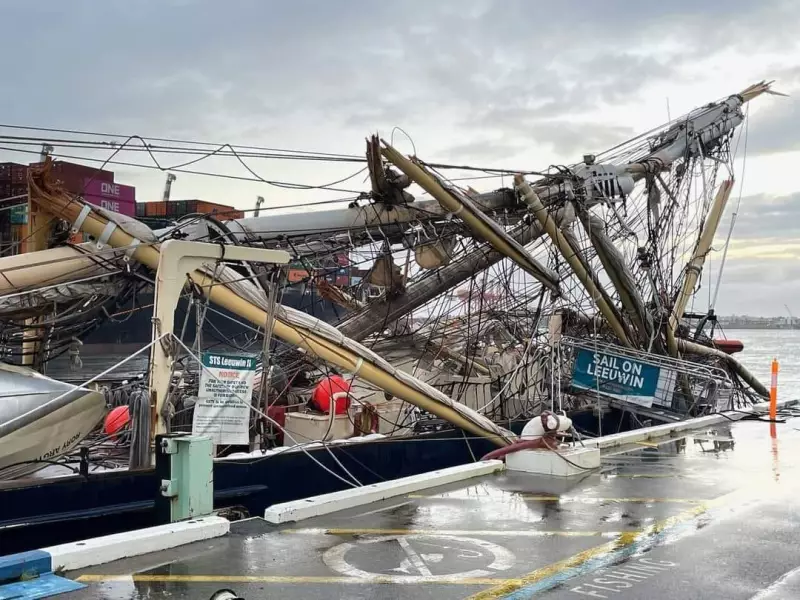
A chilling investigation has uncovered how distraction and procedural failures turned a routine training voyage into a nightmare collision for the iconic tall ship Leeuwin II off Western Australia's coast.
The moment of impact
The Australian Transport Safety Bureau's probe reveals the horror unfolded during a youth development voyage when the three-masted sailing vessel collided with a navigational mark in Oyster Harbour, near Albany. The impact was so severe it tore a gaping hole in the ship's hull, sending water rushing into the vessel and putting all 30 people on board in immediate danger.
Chain of failures exposed
Investigators found a perfect storm of safety breaches contributed to the terrifying incident:
- Critical distraction: The officer of the watch and lookout became preoccupied with other duties, taking their attention away from collision avoidance
- Communication breakdown: Essential information about the navigation mark wasn't properly shared between crew members
- Procedural neglect: The crew failed to maintain a proper lookout as required by maritime safety regulations
- Training gaps: Inadequate understanding of collision prevention measures among watchkeepers
Emergency response and aftermath
Despite the vessel taking on water through the damaged hull, the crew managed to prevent a catastrophic sinking. Emergency procedures were activated, and the ship returned to Albany port where it was safely berthed. Miraculously, no serious injuries were reported among the 24 young trainees and six crew members aboard.
Safety wake-up call
The ATSB has issued urgent safety recommendations to the Leeuwin Ocean Adventure Foundation, emphasising the need for:
- Enhanced lookout procedures and collision avoidance training
- Clearer communication protocols between crew members
- Strict adherence to watchkeeping responsibilities
- Improved situational awareness during critical navigation periods
"This incident serves as a stark reminder that maintaining a proper lookout is fundamental to safe vessel operation," the ATSB report emphasised. "Distraction, even for legitimate tasks, cannot compromise this primary responsibility."
The findings have sent ripples through Australia's maritime training community, highlighting how quickly routine voyages can turn dangerous when basic safety protocols are overlooked.





